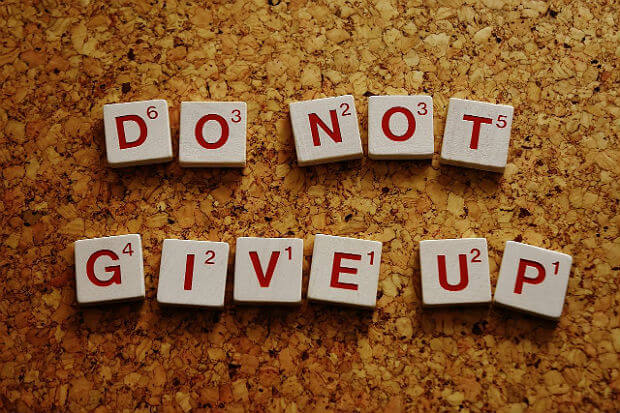
In today’s complex world of work, searching for a job with all the plethora of social media job apps and online networking sites available, as well as more traditional methods, can leave jobseekers feeling overwhelmed and demotivated. It can be hard to stay optimistic while looking for your next job.
We often see individuals whose previous job search strategies have involved applying randomly for jobs, resulting in demotivation, as nothing seems to fit or work out. Alternatively, clients can get stuck in “either/or thinking” and fix their hopes and efforts on one or two options. They then become demoralised and give up when neither works out.
Effective Job Search
We all know that effective job search requires effort, energy and sustained motivation. But how to maintain motivation in the face of setbacks, disappointments and sheer length of time to pursue options, is the difficult part!
We realise that clients need both a clear focus for job search and also strategies to maintain motivation.
We work with clients to help them identify a good rationale for exploring particular career options based on what they want and need in any job role. We also support them in formulating action steps which are practical and specific.
We also understand the psychological blocks to individuals maintaining motivation to carry out actions after the career coaching, even though they were committed at the time.
Through her career coaching, Sandra had identified three potential career options but needed to do more research to decide which areas might suit her best. She had just finished the career coaching and was wondering how she would cope now she was on her own.

13 top tips for staying optimistic while looking for your next job
Here are some of the strategies, suggested to Sandra, for maintaining motivation and staying optimistic while looking for her next job. Some will resonate with you more than others and you may want to add your own:
- Imagine yourself 3 months in the future when the enthusiasm for action is dwindling. What you would you like to tell your 3-months-from-now ‘self’ to keep up motivation?
- Alternatively write a motivational letter to yourself and get it posted 3 months from now.
- Remind yourself of your autonomy in choosing which action steps to follow; no one is telling you what you have to do and that notion can be empowering in itself.
- Revisit the end goal and remind yourself of its importance, especially if the action steps feel removed from what you are aiming to achieve; maybe link the goal to your sense of identity, self worth and values.
- Identify some role models of individuals who have succeeded in achieving their goals by dint of hard work and effort. Draw techniques from them.
- Remember when you have been successful at keeping to your goals in the past. If you did it before you can do it again!
- Make it easy for yourself to achieve action steps by physically removing all distractions and having all the materials you need to hand.
- Celebrate and reward yourself with treats for periods of concentrated activity and actions accomplished.
- Visualise the scenario when you have achieved the goals. (Daniel Goleman, in his TED talk, tells us the power of visualisation brings the accomplishment of goals nearer and makes them more tangible).
- Find a group or a buddy going through the same experience and motivate each other.
- Find a mentor or someone to be accountable to.
- Break down steps into manageable chunks.(John Lees calls them ‘baby steps’) and make them specific and achievable.
- Find a way of physically marking off action steps when achieved. We suggest clients physically throw away action post-it notes to symbolise completion.
- Finally just ‘get stuck in’ and commit to action and momentum will build!
As Goethe said, “Whatever you can do or dream you can, begin it; Boldness has genius, power, and magic in it. Begin it now.”
Written by Gilly Freedman, originally published on the CSS website
